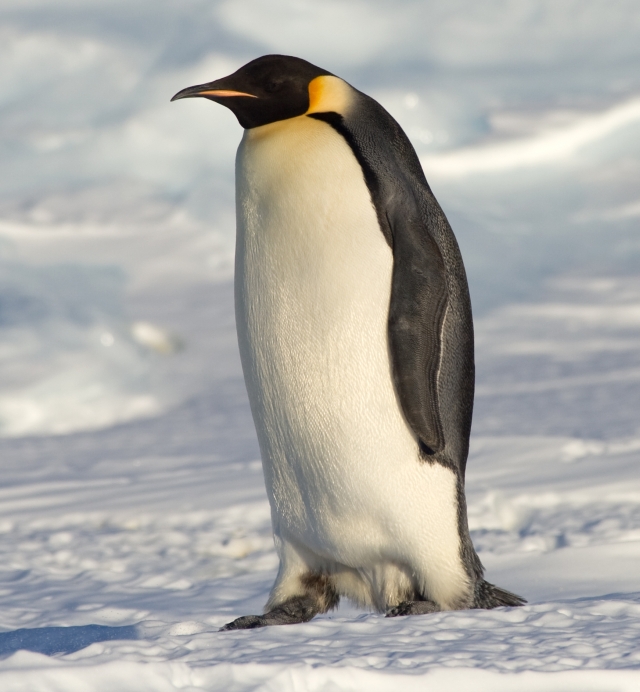New England Aquarium:
During the field trip to the Boston Aquarium, we took our own initiative to learn about the marine organisms in the sea. We learned about the different locations in which the animals come from all over the world to be protected. We also learned about the other intense creatures living there in the amazon, such as the pythons and the electric eel. All the behaviors of the animals varied depending on the living space they have to live and the foods their provided with. The giant tank was filled with thousands of different marine organisms varying in all shapes and sizes. The largest one in the whole aquarium is myrtle the large green sea turtle. There are several different large organisms but she was the biggest, approximately 500 pounds in weight. I like her the best. Learning about the behavior of the penguins and the little blue penguins were interesting to learn as well. Although the cute little blues didn't do much compared to the others, it was still entertaining. Personally I think the penguins are super cute to look at, but they really don't do all that much to excite. They waddle around, squawk at each other and swim occasionally during feeding time. The little blues didn't even want to eat the fish that was put in front of them.
Moving on to the touch tanks, the kids were all excited about it, but it wasn't too great to be around. The rays were all mostly scared because of the screaming children and the sharks were stacked up on top of each other hiding in the depth of the branches, nothing too great. Then when one of the actual rays came over to touch, it felt slimy and made me jolt away. It was kind of really gross. They were interesting to watch swim around in the artificial habitat they're living in. I couldn't really learn too much about the sharks, but the rays had a protection all around them. The little touch tank near the New England creatures was my favorite. I liked seeing the starfish and being able to touch them. I also liked the sea anemones. Those were interesting to feel and touch. The shoe crabs were too strange to touch, I ended up walking away at that point because they looked uncomfortable. This was a really great field trip and I really liked being able to focus on the behaviors of the animals.



